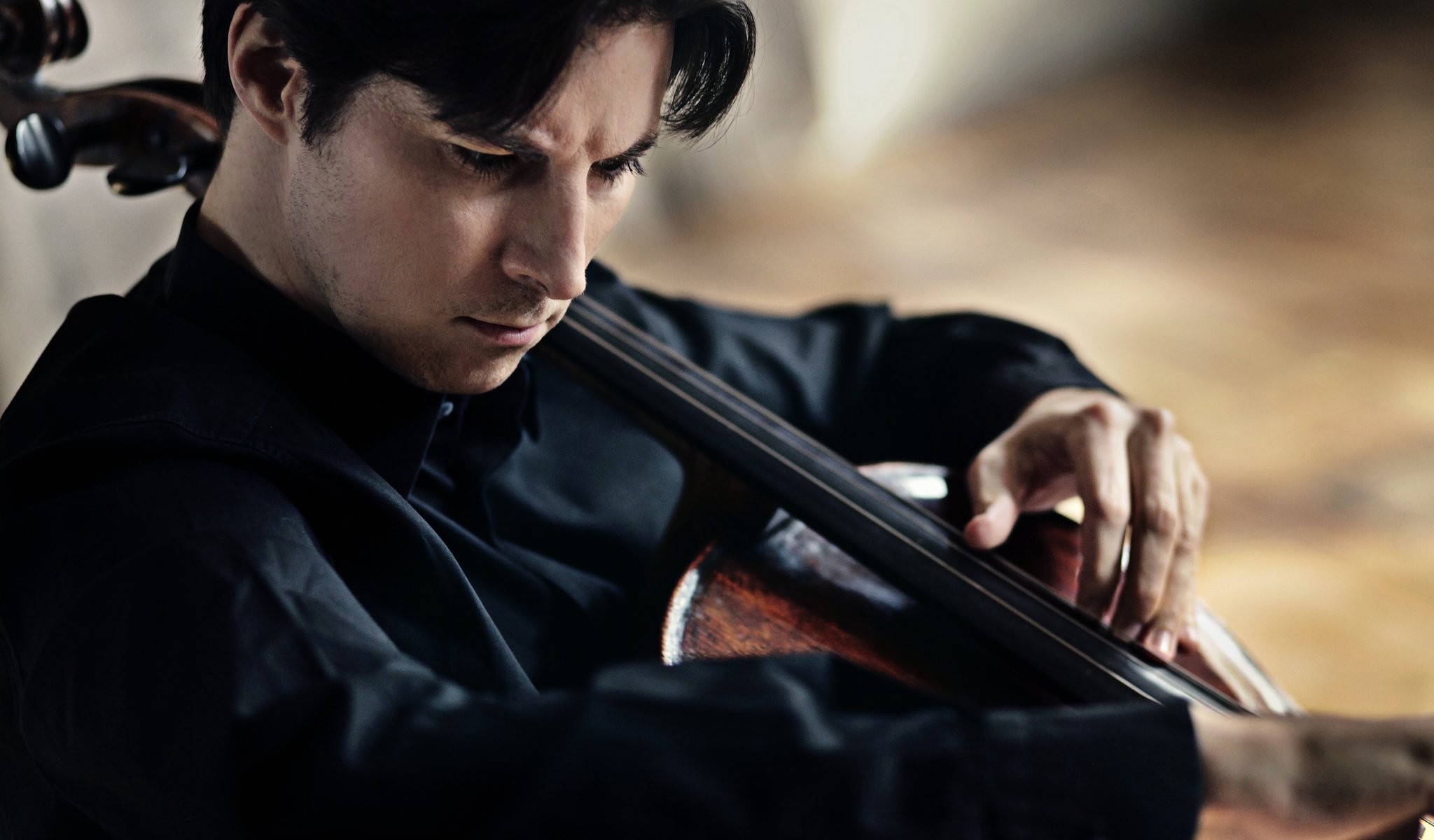
Program
Featuring
Other information
The event is about 2.5 hours long.
About the event
Michel Tabachnik returns to BFO with German, Russian and French music. Similarly to his last two concerts in Budapest, this program of the Swiss conductor, who used to work together with Herbert von Karajan, again includes Debussy. This time, it will be Images for Orchestra, a tribute to the Baroque suite genre and also inspired by the composer’s love of Spanish music. The first part of the concert will feature the more solemn and “tragic” of Brahms’s pair of concert overtures, and then Tchaikovsky’s composition of Mozartian elegance, which could also be called a cello concerto. The evening’s protagonist will be a cello from 1727 and German artist Müller-Schott described in a review in The New York Times as a “fearless player with technique to burn”.
“One cries, the other laughs”. This was how Brahms briefly summarized the essence of his two overtures composed in 1880. He felt that together with the Academic Festival Overture incorporating merry student songs, he must also write a more solemn piece. He was not struck by any personal tragedy at that period; this is not program music and no specific event is linked to its composition (though a Faust theme is speculated by some). Nevertheless, the contrasting piece is characterized by a genuine dramatic tone. The D-minor key conjuring up the character of Beethoven’s last symphony as well as Brahms’s own piano concerto, the solid orchestration, the prominence of the lower strings and the two heavy opening chords immediately create a melancholy atmosphere.
In the 19th century, composers and musicians created music in symbiosis. Soloists evaluated the work dedicated to them and recommended improvements, while in return, they made the piece a success. This was especially true in the case of Tchaikovsky, an admirer of Mozart, and his friend Wilhelm Fitzenhagen. The cellist felt so close to the composer’s Rococo Variations that he was involved in the creative process even more than usually: he changed the order of the variations and made deletions. This, however, did not affect the theme of the composition, the Mozartian grace of the variations or the extremely subtle orchestration.
Following Images, his two cycle pieces for piano, Debussy also composed three movements for orchestra entitled Images pour orchestre (Images for Orchestra). The movements were written with several years between them and reflect vastly different atmospheres. The Gigues composed between 1909 and 1912 has an English feel to it containing the tune of an English folk song entitled The Keel Row. The most famous part of the piece, Iberia, where a guitar and castanets are also used, itself has three movements: after the lively and uniquely pulsating “In the Streets and Byways”, come the “the intoxicating spell of Andalusian nights” entitled “The Fragrances of the Night”, which is followed by “The Morning of a Festival Day” depicting the town waking up. Images for Orchestra is closed by the nostalgic “Spring Rounds” built up from blocks of tone.
Did you know? Brahms’ Tragic Overture premiered in Vienna on December 26, 1880 (conductor: János Richter), Tchaikovsky’s piece Variations on a Rococo Theme in Moscow on November 30, 1877 (soloist: Wilhelm Fitzhagen, conductor: Nikolai Rubinstein), Debussy’s Images pour orchestre in Paris on January 16, 1913 (conducted by the author); the overture was last played by the Festival Orchestra in Antwerp on March 7, 2012 (conductor: Iván Fischer), Tchaikovsky’s pieces in Budapest on October 29, 2006 (soloist: Raphael Wallfisch, conductor: Dmitri Kitayenko), Debussy’s work in Budapest on February 28, 2004 (conductor: Sylvain Cambreling).
Contemporary events The novel Nana by the French writer Émile Zola was published in 1880 / Antonín Dvořák composed his Symphony No. 6 in D major in 1880 which premiered a year later / the French painter Pierre-Auguste Renoir painted a portrait of Iréne Cahen in 1880 / János Arany began working on the poems of his poetic cycle Őszikék in his ‘buckled book’ in 1877 / on December 30, 1877 Johannes Brahms’ Symphony No. 2 (in D major) premiered in Vienna and was conducted by János Richter / Thomas Alva Edison American inventor presented the phonograph in 1877 which was the first device capable of recording and playing sound / the Treaty of London that put an end to the Balkan War was signed on May 30, 1913 / Ernst Ludwig Kirchner German painter painted his painting called Berlin Street Scene in 1913 / Edmund Husserl German philosopher published Ideas for a Pure Phenomenology in 1913
